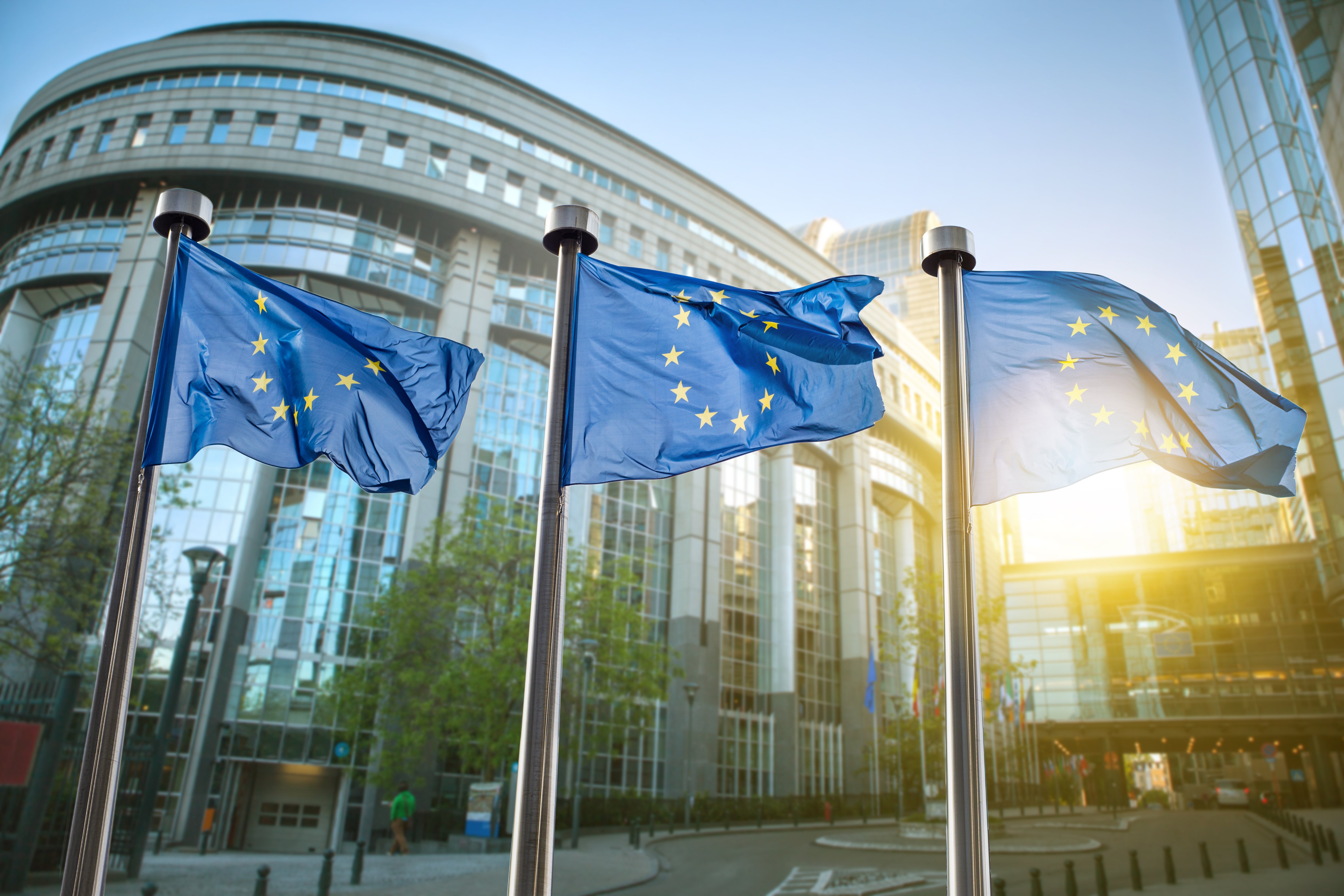Mobile payments come of age
by Inline Policy on 21 Aug 2014
The concept of mobile payments (“m-payments”) has been around since the late 1990s, but original predictions of rapid growth turned out to be overly optimistic. A lack of interoperability between different services, combined with a lack of consumer trust in these new forms of payment, hindered widespread adoption of m-payment services.
However, developments in the past couple of years seem to suggest that the industry is now making inroads. Analysts have predicted that the global value of transactions made via mobile devices will exceed $600bn by 2016. Regulators have started taking notice of the sector’s growing momentum. The Financial Conduct Authority (FCA) is currently conducting a review into the potential regulation of mobile payments and banking, the results of which are expected later this year. Moreover, large multinational corporates are ensuring that they have a slice of the cake, most recently exemplified by the launch of Amazon Local Register, Amazon’s point-of-sale mobile payments offering.
Despite these developments, many industry insiders are still cautious about once again over-estimating the sector’s growth. In this article I will argue that there is good reason to believe that widespread adoption of the mobile payments market has arrived, but that the industry must tackle two key challenges to ensure that this isn’t another false start.
The right ingredients for a more mature market
1) The relationship between mobile payments and e-commerce
Online retail has been established for longer than mobile payments and it has been widely adopted, with roughly 90% of Britons purchasing online during the Christmas period 2013. By way of comparison, only 1 in 5 UK adults have used their mobile to make a payment according to a FCA report published in 2013.
Consumer trust in online commerce can, and is, starting to be used to fuel adoption of m-payments technology, in a mutually beneficial relationship. By providing a quick way of completing e-commerce payments, mobile payment service providers can ride on the coattails of consumer trust in online retail merchants; whilst consumers comfortable with the process of online retail will be more likely to make the leap and adopt new m-payment technologies as part of their online shopping experience.
Synchronously, m-payments offer merchants an innovative way to further monetise their services; not least with the huge opportunity for data analytics that mobile transactions provide in comparison to card-based transactions, with this data being fed back into targeted marketing and the offering of location-based services.
2) Proliferation of services
With the bigger tech players now all involved in the mobile payments market, the options open to both consumers and merchants have grown substantially.
Square, PayPal and Amazon’s aforementioned Local Register all offer merchants an alternative to the traditional point-of-sale system of processing card payments, with products such as a dongle that can be attached to a tablet or smartphone device. The “big three” (Google, Amazon and Paypal) also all offer their own version of a Digital Wallet, with other companies such as Moni and Monitise competing with their own products.
Many of the biggest retailers in the food and drink sector, such as Starbucks, McDonalds and Pizza Hut, are now offering in-store loyalty schemes which allow customers to order and pay using their mobile, either remotely or using Near Field Communication (“NFC”) technology.
In the UK, the “Paym” scheme has recently launched, supported by all major banks, which allows customers to make payments to other registered Paym users through their mobile phone, without having to exchange a sort code or account number. Meanwhile, London Underground is further integrating NFC technology into its systems; currently, travellers can pay by swiping their contactless debit/credit card, but in the near future they will be able to do the same using their smartphone.
3) Increasing collaboration
Industry players are starting to form strategic partnerships and establish more efficient business models for operating mobile payment services. By testing the water, such collaborations make the regulatory environment less alien for other companies seeking to move into the sector, providing a blueprint for contractual agreements and the sharing of regulatory obligations between different collaborators; whilst also providing a more seamless, interoperable experience for the end consumer. The launch of EE’s mobile payment offering in conjunction with Barclays is an example of this.
4) The rise of the Millenials
On a general level it is clear that m-payments technology is becoming increasingly integrated into the every-day lives of consumers (and their every-day transactions). However, exponential growth of this area will really arrive as Millenials (here referring to those born between the late 1990s and early 2000s) a group more trusting of innovative technologies and less afraid of disruption to traditional methods of payment, come of age.
It’s not over yet
The trends highlighted above demonstrate the huge potential for more widespread adoption of m-payments and their further integration into consumer spending habits. But there are key issues that will have to be addressed if the market is to grow and scale-up.
1) Consumer trust
Consumer perceptions are key to the success of any m-payment service. At present, studies show that security worries are particularly at the forefront of consumers’ minds, with a June survey by Intercede finding that 54% of consumers are concerned about the level of security of their device.
How companies build consumer trust in their brand will vary, with newer companies having to fight harder to compete with the long-standing heavyweights. Since most consumers have learnt to trust their card-payment service providers and have no strong incentive to try and build this relationship with a new provider, businesses will have to employ tactics which convince consumers to learn how to use the new system – for example, in the car-sharing sector, Uber’s marketing tactic of giving £10 off the first ride of every new customer that registers.
Over-arching regulation may also help imbue new m-payment services with more legitimacy in the eyes of consumers; but this will not be sufficient if the sector fails to tackle the issue of lack of interoperability.
2) Lack of interoperability
Although interoperability is improving, with increasing collaboration between different operators in the m-payments eco-system, different m-payment service providers will have to ensure that competition between them does not alienate the consumer. This is one of the issues with TFL’s upcoming adoption of m-payments on the London Underground; payments will only be accepted if the consumer’s handset (i) contains an NFC chip (thereby excluding iOS handsets), and (ii) contains a compatible app run by a card controller.
If the use of m-payments is to truly become widespread, then operators will need to provide the same level of interoperability that the plastic card system currently offers, allowing consumers to use the same technology throughout their daily transactions.
A promising start
It is unclear how regulators will respond to this rapidly developing market; the outcome of the FCA review and new European regulation surrounding data protection and the Second Payment Services Directive will be indicative of the shape that the market will take over the next decade. In any case, the momentum of m-payments looks to be unstoppable, with the majority of merchants and consumers likely to be using m-payment services within a decade. However, if market players can work together to address the key, albeit complex, issues of consumer trust and interoperability, then it is very likely that we’ll see the widespread adoption of mobile payments by consumers even sooner than expected.
(Photo/CC BY 2.0)
Topics: Economic policy, Big Tech







Comments